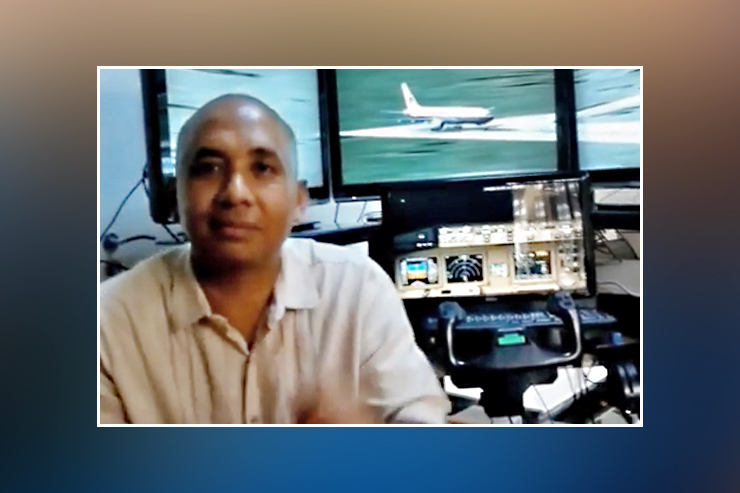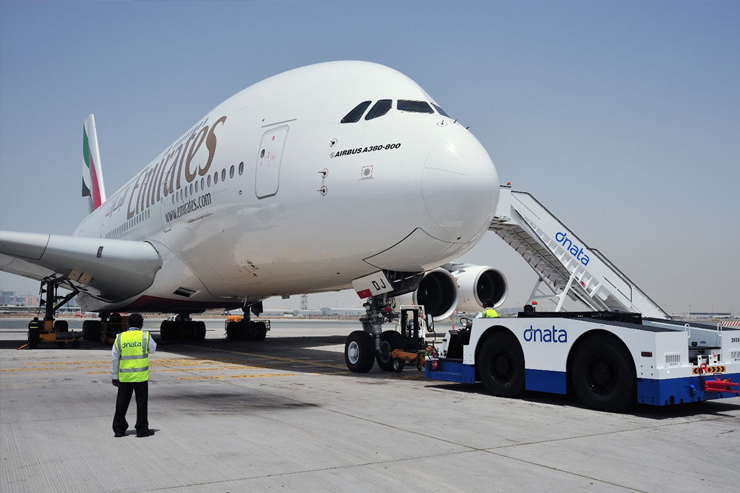New Study on MH370 Brings Hypoxia and Pilot Disorientation into Focus

The baffling disappearance of Malaysia Airlines Flight MH370 in March 2014 remains one of the most perplexing mysteries in the history of aviation. Over the years, a series of investigations, theories, and searches have aimed to uncover the truth behind the vanishing of the Boeing 777 aircraft and its 239 passengers and crew. While much remains uncertain, a recently updated and refined study, conducted using innovative tracking technology known as WSPRnet, sheds new light on the incident, suggesting that the pilot, Captain Zaharie Shah, may have experienced disorientation due to hypoxia in the final moments of the flight.
Hypoxia, in aviation terms, refers to a deficiency of oxygen supply to the body or brain, often resulting from lower oxygen levels at higher altitudes. It can lead to confusion, dizziness, and disorientation in pilots, ultimately compromising their ability to operate the aircraft safely. The new study’s co-author, aerospace engineer Richard Godfrey, presented this hypothesis based on evidence that indicates there was an active pilot onboard until the very end of MH370’s flight.
In his statement, Godfrey emphasizes the nature of the evidence presented in the study, clarifying that the notion that Captain Zaharie Shah was the pilot is founded on circumstantial evidence and is far from conclusive. Nevertheless, the study provides critical insights into the aircraft’s likely trajectory, as well as a refined crash site location, suggesting that the crash occurred further north than previously assumed, around 42 nautical miles southeast of the 7th Arc off Western Australia.
The study also presents a specific timeline for the crash, pinpointing it between 00:22 UTC and 00:27 UTC, corresponding to 8:22 a.m. and 8:27 a.m. local time. At 00:22 UTC, the calculated position from the WSPRnet analysis was reported at approximately 30.00°S 98.70°E. Just four minutes later, at 00:26 UTC, the estimated position shifted slightly to 30.57°S 98.75°E. These findings substantially contribute to the ongoing investigation into MH370’s disappearance.
Despite the numerous theories and speculations about the aircraft’s fate, the fundamental questions surrounding MH370 persist. What transpired on board the aircraft, and why did it deviate from its planned route? While some debris from the flight has been discovered along the shores of the Indian Ocean, the main wreckage and the answers it might contain remain elusive.
The initial MH370 investigation led authorities to conclude that the aircraft had likely ended its journey somewhere in the southern Indian Ocean. This assertion was based on satellite data and a groundbreaking analysis by the Australian Transport Safety Bureau (ATSB) that utilized the 7th Arc, a virtual line created by the final satellite communications with the aircraft.
Several extensive search efforts were conducted to locate the aircraft’s main wreckage, including the deployment of sophisticated underwater search equipment. Unfortunately, despite these massive undertakings, the wreckage’s precise location was not identified, and the investigation reached an impasse.
New avenues of investigation, such as the WSPRnet tracking technology used in the updated study, have emerged over the years, offering fresh perspectives on MH370’s flight path and final moments. The WSPRnet method involves monitoring radio signals from transmitting stations worldwide. These signals are received and reported by amateur radio enthusiasts, forming a network of data points. By analyzing the data from these reports, researchers have been able to create a comprehensive picture of the flight’s trajectory.
The reevaluated crash site and the pilot’s potential hypoxic state are not the only revelations presented in the recent study. The research suggests that a significant area was left unsearched in previous operations, indicating that there may be more to learn about the disappearance of MH370.
While this new insight does not offer a definitive answer to the MH370 puzzle, it brings us closer to understanding the potential events that transpired on that fateful day in March 2014. The possibility of the pilot experiencing hypoxia and subsequent disorientation sheds light on a critical aspect of the investigation that had not been as thoroughly explored in previous reports. As the mystery of MH370 continues to captivate the world, every piece of information contributes to the ongoing quest for answers.
MH370 was en route from Kuala Lumpur to Beijing when it veered off course, ultimately losing contact with air traffic control. The aircraft’s transponder ceased transmitting, rendering it invisible to radar systems. These factors, along with the absence of any distress signals or communications from the cockpit, have compounded the enigma of its disappearance.
The extensive search operations in the southern Indian Ocean were based on the belief that the aircraft may have entered a steep descent and ultimately run out of fuel, causing it to plunge into the ocean. However, without locating the main wreckage, a definitive conclusion could not be drawn.
The release of this new study, along with its insight into potential pilot disorientation due to hypoxia, raises the question of whether the final moments of MH370 were marked by confusion in the cockpit. It highlights the importance of continuously reevaluating available data and employing innovative technologies to revisit long-standing mysteries in the field of aviation.
The MH370 incident has already triggered substantial advancements in aviation safety and technology. Satellite tracking systems and real-time monitoring capabilities have been enhanced to ensure that the whereabouts of commercial aircraft are always known. Furthermore, international cooperation in the face of such aviation mysteries has become a critical aspect of modern air travel.
As the world awaits further developments in the MH370 investigation, the aviation industry remains committed to improving safety measures and ensuring that the lessons learned from this and other tragedies continue to drive progress in the field. Whether it is through advancements in tracking technology or the development of more comprehensive safety protocols, the legacy of MH370 extends beyond the mystery of its disappearance and serves as a catalyst for positive change within the industry.
While the study’s findings do not definitively resolve the MH370 mystery, they do encourage further exploration and analysis. The aviation community, along with the world at large, remains dedicated to uncovering the truth about the disappearance of Malaysia Airlines Flight MH370 and ensuring that such an incident does not occur again in the future.





